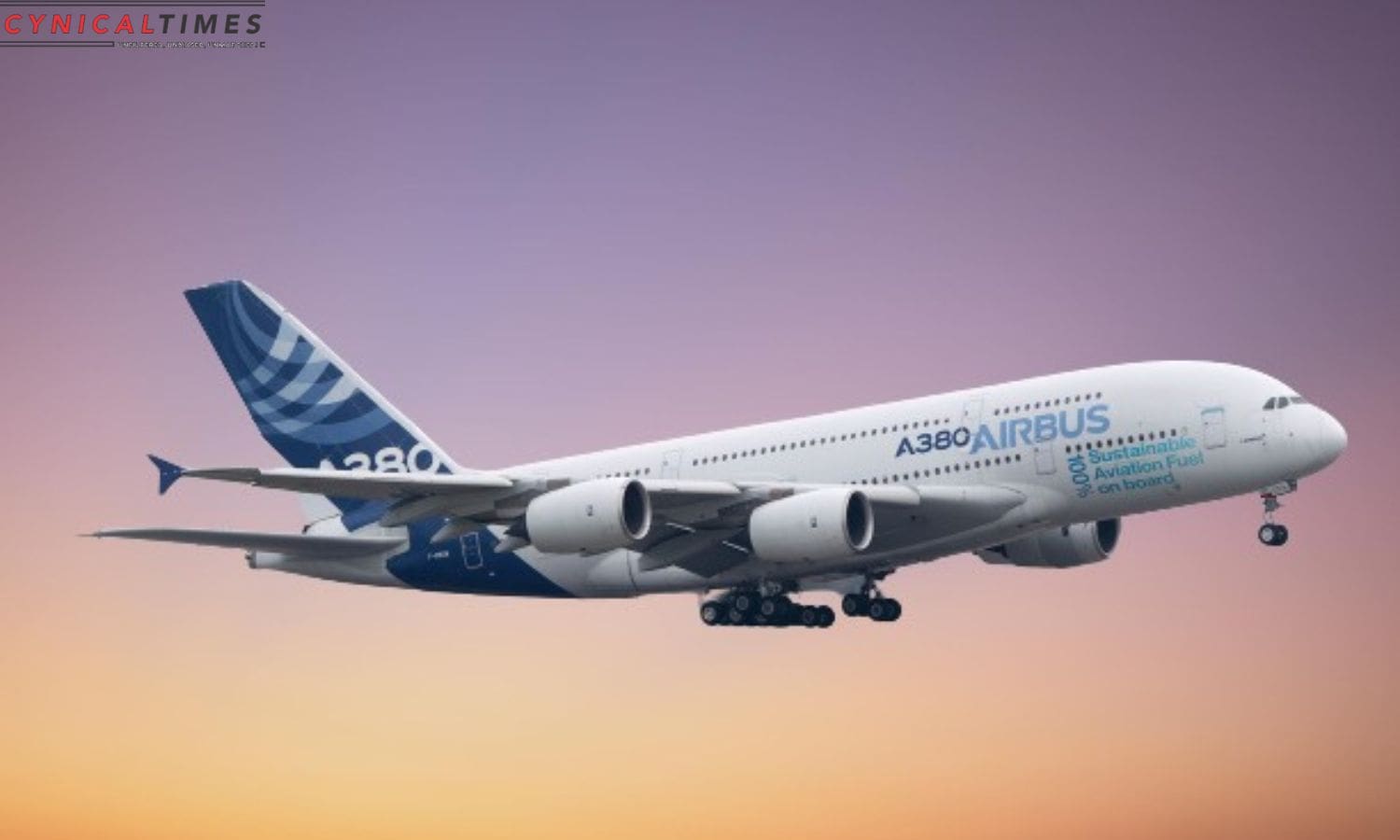Aviation Green Challenge: Aviation faces a significant challenge in achieving a greener future, with the sector committed to reducing its carbon emissions by 2050. While the industry aims for net-zero emissions by 2050, it grapples with the difficulty of decarbonizing air travel, particularly for medium- and long-haul flights that contribute to 73% of aviation’s carbon emissions.
Sustainable aviation fuel (SAF) emerges as a promising solution, capable of reducing carbon emissions by up to 80%. However, the slow adoption of SAF is hindered by its higher cost compared to regular jet fuel and regulatory limits on its usage.
The industry is also exploring hydrogen and electrification as potential solutions, with hydrogen-powered planes expected by the mid-2030s for smaller aircraft. Airbus and Boeing are working toward developing aircraft compatible with 100% SAF by 2030, while the shift to hydrogen-powered long-haul flights may occur around 2040 or beyond.
Although electric planes are envisioned for shorter-range flights, challenges related to battery technology and energy density pose hurdles for long-haul flights before 2050. In the interim, achieving sustainability in aviation involves improving fuel efficiency, adopting SAF, and enhancing operational efficiency. The industry anticipates a shift toward more sustainable flights within the next five years, with a focus on using 100% SAF.
Also Read:American Airlines Bids Adieu to San Jose Skies: How Will Alaska Soar in the Void?
Our Reader’s Queries
What is greening the aviation industry?
The aviation industry is responsible for 11% of all transportation greenhouse gas emissions, making it the third largest contributor. In response to the United Nations Climate Change Conference (COP26), many airlines, airports, and aircraft and engine manufacturers have pledged to achieve net-zero greenhouse gas emissions by 2050. This commitment is a significant step towards reducing the industry’s impact on the environment.
How can aviation go green?
Boosting the production of sustainable aviation fuels (SAF) made from renewable and waste materials is crucial in our fight against greenhouse gas emissions. These fuels have the potential to make a significant impact in reducing our carbon footprint.
What is the sustainable aviation fuel grand challenge?
The Biden Administration’s U.S. Sustainable Aviation Fuel (SAF) Grand Challenge has set some lofty goals for domestic SAF production. By 2030, the target is to produce 3 billion gallons, and by 2050, the goal is to reach 35 billion gallons. This white paper takes a closer look at whether these objectives are achievable.
What is the challenge of SAF?
The UpLink Sustainable Aviation Challenge has set out to expedite the progress of technology pathways that will facilitate the widespread adoption of SAF and other sustainable aviation propulsion solutions. This will be achieved by enhancing the feasibility of supplier startups and ventures, and nurturing their expansion.

